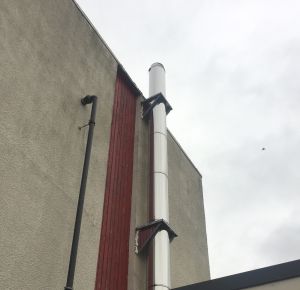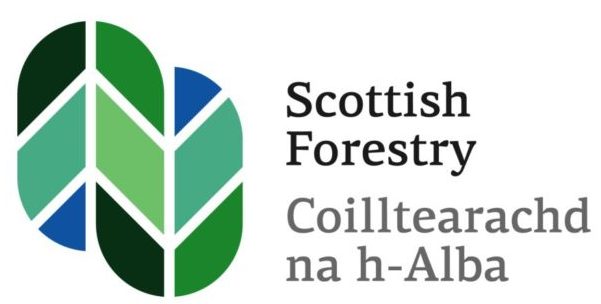Air Quality and Emissions
Air Quality and Emissions
 The main biomass boiler emissions are fine dust known as Particulate Matter (PMs) and Nitrous Oxides.
The main biomass boiler emissions are fine dust known as Particulate Matter (PMs) and Nitrous Oxides.
Air Quality Regulations
Smoke Control Areas
If you are in a Smoke Control Area, you must check whether your equipment and the fuel used is listed as exempt under the Clean Air Act.
Air Quality Management Areas in Scotland
If you are located in one of the Air Quality Management Areas in Scotland, further restrictions may apply and you must ensure your wood fuel boiler is listed on the Energy Technology List for Biomass Boilers and Room heaters.
Clean Air Act
Local Authorities have powers under the Clean Air Act to request the measurement of dust emissions from a biomass boiler flues, and also require emissions clean-up equipment to be installed to control emissions. This might include bag filters, cyclones, electrostatic precipitators or hot gas ceramic filters.
Renewable Heat Incentive Emissions Requirements
The Clean Air Act originally dates from 1956, and is primarily aimed at controlling visible smoke and grit, so this legislation does not serve to mitigate fine particulate matter emissions from biomass boilers or oxides of nitrogen.
Partly for this reason in September 2013 the regulations under the Renewable Heat Incentive were amended to reduce the permissible levels of particulates, requiring that biomass boilers have either an RHI emission certificate or an environmental permit.
For RHI emission certificates, the maximum permitted emissions are 30 grams per gigajoule (g/GJ) net heat input for particulate matter, and 150 g/GJ for Nitrous Oxide.
Boiler manufacturers must provide testing certificates to prove boilers meet the maximum concentration standards under laboratory conditions.
For more on RHI emissions requirements, see:
Additional requirements for large scale biomass (>20MW capacity)
Large biomass installations (>20MW capacity) have additional requirements and are regulated by the Scottish Environment Protection Agency. For more information, click here.
How to Control Emissions
There are various biomass boiler design features that optimise combustion and ensure higher efficiency and lower emissions, and over time, refinement of combustion technology and the overall design of boilers has driven improvements in both efficiency and emissions levels. The design features listed below are all relevant to some degree for controlling emissions:
- Combustion chamber design and provision of secondary air supply;
- Combustion air control technology – lambda sensor;
- Flue gas recirculation;
- Automatic de-ashing;
- Heat-exchanger cleaning;
- Automatic fuel feed system;
- Automatic ignition;
- Variable load management and modulating ability, including the use of an accumulator tank;
- Particulate matter arrestment plant, such as a multi-cyclones or ceramic filter.
Research in Europe highlights a direct link between the design and operation of a biomass scheme and its efficiency, and therefore its emissions. In other words, schemes that are badly sized and/or poorly integrated with heating systems are less efficient and will tend to have higher emissions. Find out more about system efficiency.
Further Information:






